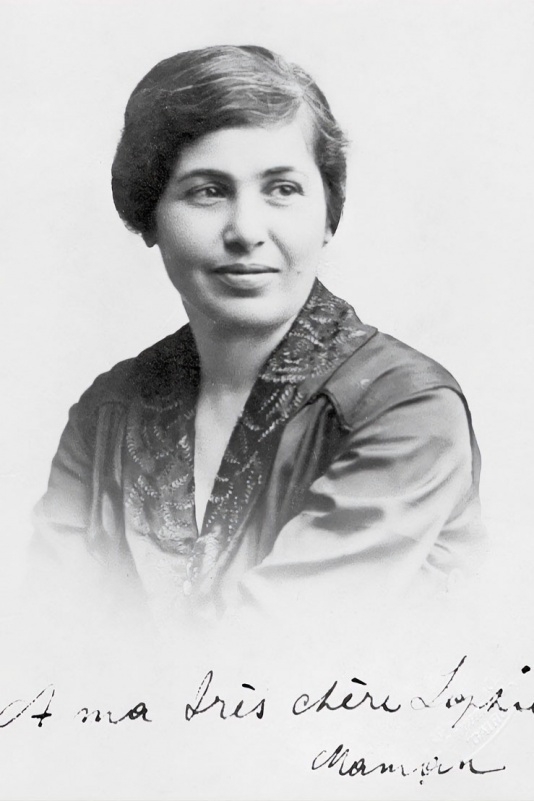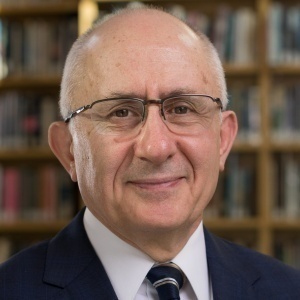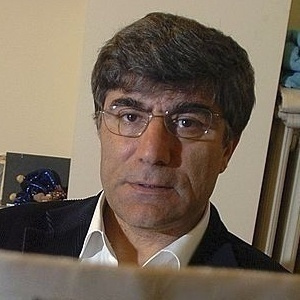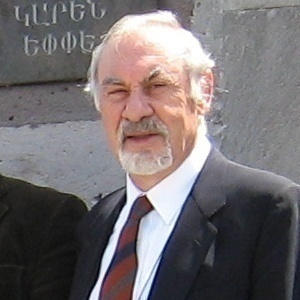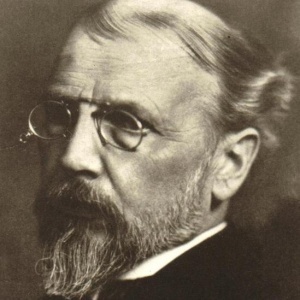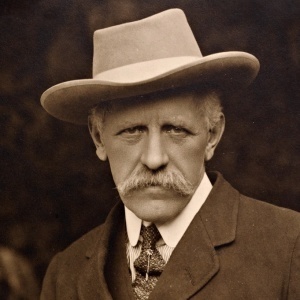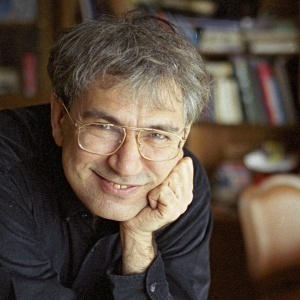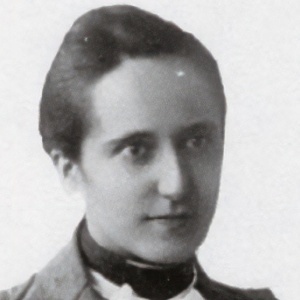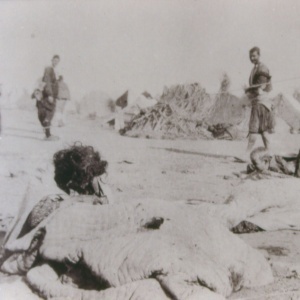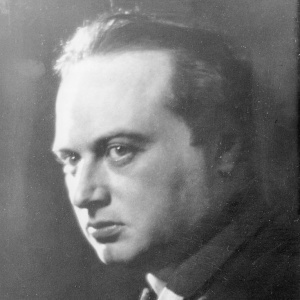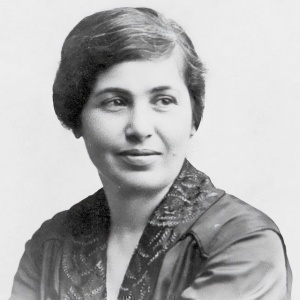Zabel Yessayan, an Armenian from Constantinople, was a committed intellectual and writer who belonged to the ranks of the disobedient, those people endowed with courage, true to themselves, willing to risk their freedom and life to bear witness to the truth. Her dry prose, devoid of rhetorical amplifications, reflects her personality. A lucid intelligence is accompanied by inner strength, and the exercise of criticism leads her to grasp in advance, between the end of the nineteenth century and the beginning of the twentieth century, the signs of an epochal transition and of great changes at a political, social, and cultural level.
Zabel Yessayan was born in Constantinople in 1878, and while still a child, she revealed her vocation for writing. Having obtained her diploma at 17, thanks to a scholarship offered by the Armenian community, she continued her studies in Paris. She enrolled at the Sorbonne, dedicating herself to literature and philosophy. She collaborated with articles and translations for numerous French literary magazines, including Mercure de France, Humanité Nouvelle, and Ecrit pour l’Art, as well as with the Armenian magazines Tzolk and Mer Ugin. She adhered to feminist movements, supporting the cause of peace with particular commitment and passion, which she saw as not separate from the objective of creating the conditions for women to have access to all levels of education. A first prose poem, “Ode to the Night,” was published in 1895 in the Armenian periodical “Tsaghig,” directed by Arshak Chobanian. In 1902, perhaps sensing that she was experiencing the crucial moment of the end of an era and the need to witness it, she returned to Constantinople from Paris, alone with a little girl in her arms, facing the scandalized reaction of the Armenian and Turkish communities for not being accompanied by her husband. She lived in her mother’s house and taught French and literature in the Armenian schools of Constantinople; she wrote in the capital’s newspapers, which was unusual for a woman in Turkey.
Enthusiastic about the new parliamentary regime of the Young Turks who took power in 1908, she spoke from the stands and organized political rallies, full of hope for the future. She was also active in founding a club to bring together all the women of the Ottoman Empire of different religions and ethnicities. In a letter to her husband Dikran, she wrote that she had met Prince Sultanazade Mehmed Sabâhaddin, a descendant of the Ottoman dynasty, defined as the most important liberal voice in the decline of the Empire, soon forced into exile; she discussed with him the issues of democratization of the country and the prince enthusiastically welcomed Zabel’s idea of founding a “League of Peace.” After a few months, everything descended into the darkness of violence and massacres. The revolution of the Young Turks brought with it an authoritarian, violent soul that would soon gain the upper hand and nip in the bud the project of change in the name of freedom, equality, and fraternity. “The century of murderous ideas” was born. In 1909 in Cilicia, 30,000 Armenians were brutally attacked and exterminated. In Adana, ghostly figures of survivors wandered among the ruins of what had been a flourishing city, full of economic, political, and cultural ferment.
The Young Turks, divided internally, launched an investigation and Zabel was invited by the Patriarchate to be part of a delegation to reconstruct on-site the atrocious events unleashed on an Easter Wednesday by the eruption of uncontrollable hatred. She also had the thankless task of drawing up the lists of orphans and survivors. From June 1909, she spent three months between Adana, Mersin, and Kilis and returned to Constantinople at the end of September. Concentrating on the tragedy of her people, she wrote the book “In the Ruins,” which she published before the start of the Armenian genocide. A terrifying testimony, not a simple chronicle of the tragedy of Cilicia, as the translator specifies, because the narration of the events has become “pure literature” (Z. Yessayan, In the Ruins, Ed. peQuod, Ancona 2008, translated by Haroutioun Manoukian). In the introduction, Zabel observes: “I would like the author’s personality to be forgotten, to remember that in these pages sometimes pain, sometimes agitation, sometimes anguish, sometimes desperation caused only by human feelings speak.” And she concludes: “These pages must be considered more than the result of the sensitivity of an Armenian woman, the spontaneous and sincere impressions of any human being.” (In the ruins, pp.8-9). It is proof of the universal level to which Zabel Yessayan’s writing has risen, looking with pain at the fact that suspicions and conflicts have strengthened between Turks and Armenians at the very moment in which they were experiencing together “the great joy of nascent freedom”. Zabel continued to be convinced that it is possible to create the space in which we can live together in peace.
In 1912, the return of Muslim refugee immigrants from the Balkans who had taken refuge in Constantinople aroused in her feelings of sharing the exile: Deprived of their own land, of their own homeland and illegal immigrants... What do they have in common with us? … Their expressions of pain remind me of deep sufferings that are difficult to forget, which were fading inside me (Melissa Bilal, Pavagan E- Yeter: Zabel Yesayan’ın Barış Çağrısını Duyabilmek, Kültür ve Siyasette Feminist Yaklaşımlar, March 2009, Issue 7). Zabel caught the signs of evil as they arose. War was approaching, and she could not stand the lack of understanding of the global catastrophe that was befalling humanity. Everyone saw only their own pain, while a vision of the innocent blood flowing on enemy lines would impose itself: On both sides, the people would have to shout “Enough! Enough!” so loud that it drowned out the noise of the rifles.” (Zabel Yesayan, Pavagan E – Yeter, 1912, p.162).
On April 24, 1915, the genocide of Armenians began in the Ottoman Empire by the Young Turk government with the arrest and elimination of Armenian intellectuals, first in Constantinople and then in the rest of the Empire. Became the most hated intellectual for the publication of the book on the Adana massacres and for her pacifist commitment; her name was on the proscription list together with those of famous poets and intellectuals who were immediately eliminated. She escaped the frantic hunt of the Turkish police, and fortunately managed to reach first Bulgaria and then the Caucasus, where she worked with refugees and collected the testimonies of the few survivors of the genocide. In 1918, she was in Baku, then in Cilicia where she tried to organize the transfer of orphans. She continued her writing efforts in the short stories, “The Last Cup” and “My Soul in Exile,” where she narrated the many tragedies she witnessed. After the Soviets took power in Armenia at the end of 1920, Yessayan returned to Paris, where she participated in the Armenian literary movement by directing the newspaper “Yerevan” and trying to support what she defined as the only Armenian homeland. In Paris, she felt the bitter disappointment of a silent, weakened, and prostrate Armenian diaspora. For her, Western Armenian literature died with the genocide. The writer Hagop Oshagan shared the same opinion, stating that the authentic talents of Paris were worn out “subjugated by their own misfortunes”.
In 1933, she returned to Armenia, with her two children. To those who asked her how she was able to abandon the comforts of Paris for a life in Yerevan, Zabel replied that she chose to work for the future of her homeland. In Moscow, she took part in the first Congress of Writers of the Soviet Union. She taught French and Armenian literature at Yerevan State University and continued her intense literary and poetic production. In 1935, she published her masterpiece “The Gardens of Silihdar” (Z. Yessayan, The Gardens of Silihdar, Ed. pe Quod, Ancona 2010, translated by Haroutioun Manoukian), an autobiography and an extraordinary insight into the life of cosmopolitan Constantinople at the end of the nineteenth century. It is presumable that Orhan Pamuk was inspired by this text to write “Istanbul”.
In 1935 in Yerevan, the greatest poet of the time, Yeghishe Charents (1897-1937), a convinced communist, was accused of “nationalism”. During the interrogation conducted by the “People’s Court” of Soviet Armenia, the great Armenian poet did not find any intellectual to defend him. Everyone knew the poet’s devotion to the ideal of communism, but fear dominated those present. Zabel Yessayan, alone among 200 intellectuals, delivered a passionate defense in front of her colleagues who listened silently. Zabel knew the risk she was facing with this act, but in that moment she made the values she believed in and for which she had fought all her life prevail. She testified in favor of the poet and wrote her own fate. It was suicide, but she couldn’t think of herself as different from what she knew she was, a disobedient witness to the truth. Charents was convicted and imprisoned. It is not known whether he died in Siberia or in prison in Yerevan. Zabel was arrested in 1937, deported to Siberia where she died, in unknown circumstances, it is assumed in 1943. Armenia wanted to forget this tragic episode, recently brought to light by Charents’ daughter. Her civil courage and her choice of truth made her the predestined victim of Stalinism.
I photographed the ruined birthplace of Charents in Kars, Turkey, which was for sale, but it was forbidden to give it to an Armenian. They told me it has now been demolished. Yet another episode of “cultural genocide” which accompanies crimes against humanity and which to this day is being carried out in Turkey to erase traces of the Armenian presence. The poet’s voice remains alive and the act of courage of Zabel Yessayan remains, the first Armenian woman to have reached the heights of universal literature, whom I want to remember for her life choices that testify to an unshakable faith in freedom and truth. On the back cover of the book “In the Ruins,” the Turkish writer Elif Shafak expresses herself as follows: “I am reading an exceptional book written by an exceptional author: I am talking about Zabel Yessayan’s novel “In the Ruins”. Living during the last years of the Ottoman Empire, she was the only one among 234 Armenian intellectuals that the Young Turks feared, to the point of killing her. An authentic intellectual in perpetual exile.”
Zabel Yessayan (1878 - 1943)
feminist and pacifist writer in the Ottoman Empire and the Soviet Empire
Biography by Pietro Kuciukian, Co-founder of Gariwo
Zabel Yessayan was honoured as “Righteous reported by the civil society” in the 2024 ceremony.



